A vinegar mother or mother of vinegar (MOV) is a gelatinous membrane called a biofilm that forms on top of a liquid being made into vinegar. It seems like a strange substance but it is completely natural and is actually a form of cellulose created by bacteria that produce acetic acid, the acid that is in all vinegar.
Table of Contents
Why Make A Vinegar Mother?
It is not possible to make vinegar without bacteria. Acetic acid bacteria are key to producing vinegar and one of the byproducts of acetic acid bacteria is that whilst they are feeding on alcohol which is converted to acid to make the vinegar is they produce a film of cellulose and it is this biofilm that we call the vinegar mother.
Making Vinegar
Once you have a vinegar mother you have the ability to turn almost any alcohol into vinegar. To make vinegar you can transfer the vinegar mother to wine, cider, beer or spirits that have been diluted correctly and the vinegar mother will turn the alcohol into vinegar.
The vinegar bacteria is contained in the mother and in the liquid that enables you to create your own vinegar. This means you could make varietal red wine vinegar like Cabernet Sauvignon, Champagne vinegar, IPA vinegar or Whisky vinegar.
How Is Vinegar Is Made?
Vinegar is made from alcohol being converted into acetic acid by acetic acid-producing bacteria. This is a naturally occurring phenomenon and would have happened for thousands of years because as long as humans have been making alcohol to drink it would have eventually turned to vinegar given enough time.
Acetic acid-producing bacteria need exposure to oxygen. If you leave a glass of beer in an open container for long enough acetic acid bacteria will find their way in through the air and begin to break down the alcohol in the beer. This process happens aerobically, meaning oxygen is needed. This is why all alcohol is kept in airtight containers usually flushed with carbon dioxide to prevent the drink from spoiling.
The alcohol will also need to be the correct strength. High alcohol content drinks such as whiskey or rum will not turn to vinegar because the high level of ethanol acts as a preservative. Once diluted to around 6% ABV the bacteria that makes vinegar will be able to grow and thrive in order to make vinegar.
The acetic acid bacteria slowly consume all the alcohol available and convert it into acid meaning the red wine vinegar you buy in the shops used to be an alcoholic red wine but now only has a trace amount of alcohol.
The acetic acid bacteria create a film on the surface of the liquid they are in enabling a large surface contact area with the air which is vital for the growth and reproduction of new cells. This is the part of the vinegar we call the mother although there is still acetic acid producing bacteria in the liquid too.
How We Can Make A Vinegar Mother
The requirements we need to make vinegar are the following:
- Air
- Alcohol
- Acetic Acid Bacteria
With this knowledge, it is pretty easy to make vinegar. In fact, people have been making it even without this knowledge for thousands of years so we can make our own vinegar pretty easily.
Using A Live Vinegar
The simplest and most economical way to make vinegar and produce your own mother of vinegar is to culture one from a live unpasteurised vinegar. Doing this will start a vinegar fermentation in a matter of weeks rather than the months it would take to make one from scratch.
The key to this is to buy a vinegar from the store that is live and unpasteurised. This vinegar will often say right on the bottle that they contain a vinegar mother so this is the thing to look out for.

Cider vinegar such as Bragg Cider Vinegar has the bacteria we want in it and although it is made from cider it will still work fine for producing vinegar such as wine vinegar or malt vinegar.
A Source Of Alcohol For Your Vinegar Mother
The next thing to find is the alcohol that your vinegar bacteria will need to feed on. This could be any of the following:
- Red Wine
- White Wine
- Hard Cider
- Beer
- Rice Wine
These are the easiest to buy and will create a vinegar you will probably be familiar with. The next part is key to getting you vinegar fermentation of to a quick start. We need to dilute the alcohol to ensure the right level where the vinegar mother will be happiest.
Dilute The Alcohol To 6% Or Lower
Beer and cider are most often lower than 6% ABV so you don’t need to do anything to these. Wine is usually 12% or more so we ideally want to dilute these down to 6% ABV.
This can be calculated using the following table as a rough guide, the table shows how much 1 litre of alcohol needs to be diluted with in litres of water:
Alcohol itself is a preservative and the stronger it is the harder it is for bacteria to grow. Some bacteria like acetic acid bacteria can grow and reproduce in solutions with alcohol but not if the level of alcohol is too strong. This is why spirits last indefinitely because the ABV is too high for any bacteria to develop.
Alternative to Dilution
Another method to reduce alcohol content without losing flavour as you would when you dilute with water is to boil the wine, cider or beer in order to evaporate alcohol. This method is a little more imprecise but the resulting flavour is much stronger.
An example for making a wine vinegar would be to take a little over half the wine and gently simmer the wine for around 30 minutes. During cooking around 65% of the alcohol will have evaporated. Add this cooked portion back to the rest of the wine and the ABV will be significantly reduced allowing the acetic acid bacteria to grow and make the wine vinegar.
A table below details approximately how much alcohol is evaporated during cooking to help you calculate how much of the wine or spirit to cook.
| Time Cooked at Boiling point of alcohol | Approximate Amount of Alcohol Remaining |
|---|---|
| 15 minutes | 40 percent |
| 30 minutes | 35 percent |
| One hour | 25 percent |
| Two hours | 10 percent |
| Two hours 30 minutes | 5 percent |
Exposure To Air
The bacteria that produce the acetic acid and for the mother of vinegar need air. The mother of vinegar itself forms on the surface of the alcohol it is fermenting to maximise the exposure to oxygen.
The fermentation needs to happen in an open container and it is recommended to use glass or another non-reactive container. Crystal glass, ceramic, metal containers are not suitable for fermenting vinegar.
To stop unwanted visitors and dust from spoiling your vinegar fermentation is a simple case of covering the opening of the container with a cloth and securing with a rubber band or string. A dense weave cloth is best otherwise vinegar flies will make their way through.
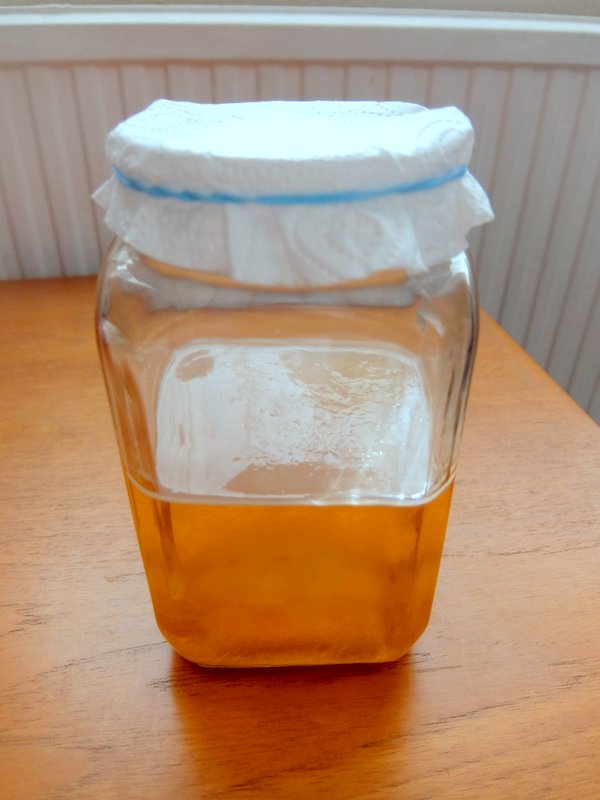
Making Vinegar And Growing A Mother – Makes 500ml Vinegar & Mother
To make your own vinegar you will need the following ingredients:
400ml Alcohol (Cider, Beer, Wine diluted as above)
100ml live unfiltered, unpasteurised vinegar
The steps to make a mother of vinegar are simple:
In a non-reactive container i.e. glass jar add the alcohol such as hard cider, lightly hopped beer, wine (diluted down to 6% ABV)
Add the live, unpasteurised vinegar to the alcohol which will add the acetic acid bacteria we need to start the vinegar fermentation.
Cover the jar with a close weave cloth of paper towel to prevent dust and flies from entering the jar. Air will still be able to pass through but any contaminants will be stopped.
The vinegar will start to ferment within a week or two. You will notice the vinegar will first go cloudy and then a gelatinous membrane will form. This membrane is the vinegar mother and it will form on the top of the liquid.
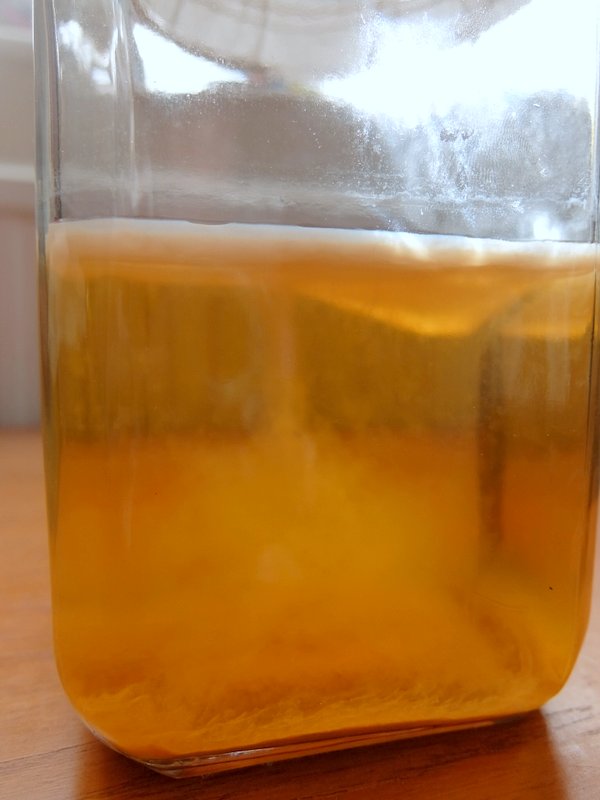
After a month or two, you can sample the vinegar. Push the mother to one side and decant or syphon the vinegar out of the jar. Something like a turkey baster is good for this. Do not leave the vinegar for too long or the acidity will begin to drop. If you leave the mother too long (more than a couple of months) without feeding new alcohol fermentation will be difficult to restart. You will need to throw away the vinegar and start again.
How To Make Vinegar Indefinitely
Once you have made the first batch of vinegar and the mother you can keep producing vinegar indefinitely. The process of backslopping the vinegar into fresh alcohol is a lot simpler. The method is as below.
Take around half or two-thirds of the vinegar out and top up the jar with new alcohol. If you are using wine to make vinegar with there is no need to dilute this down as it will be diluted by the vinegar already in the jar. This process is ongoing and a vinegar mother can last indefinitely if you take away and top-up in this fashion.
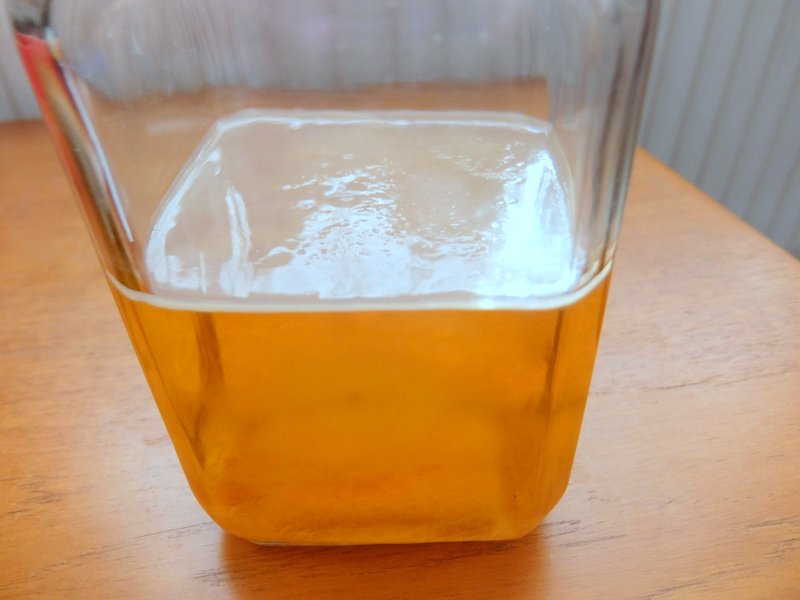

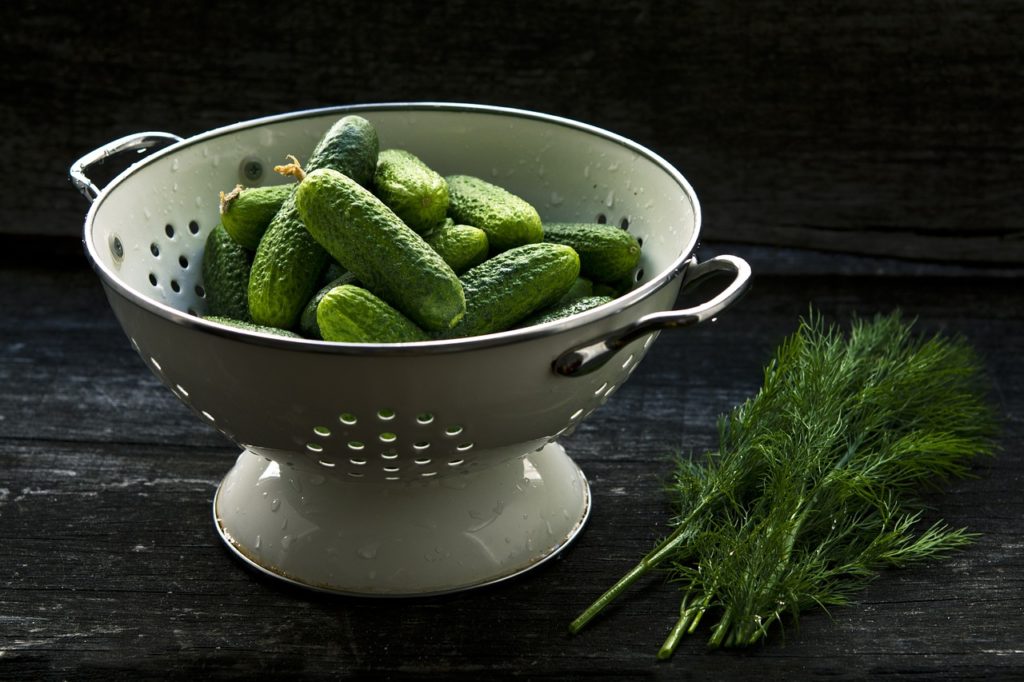
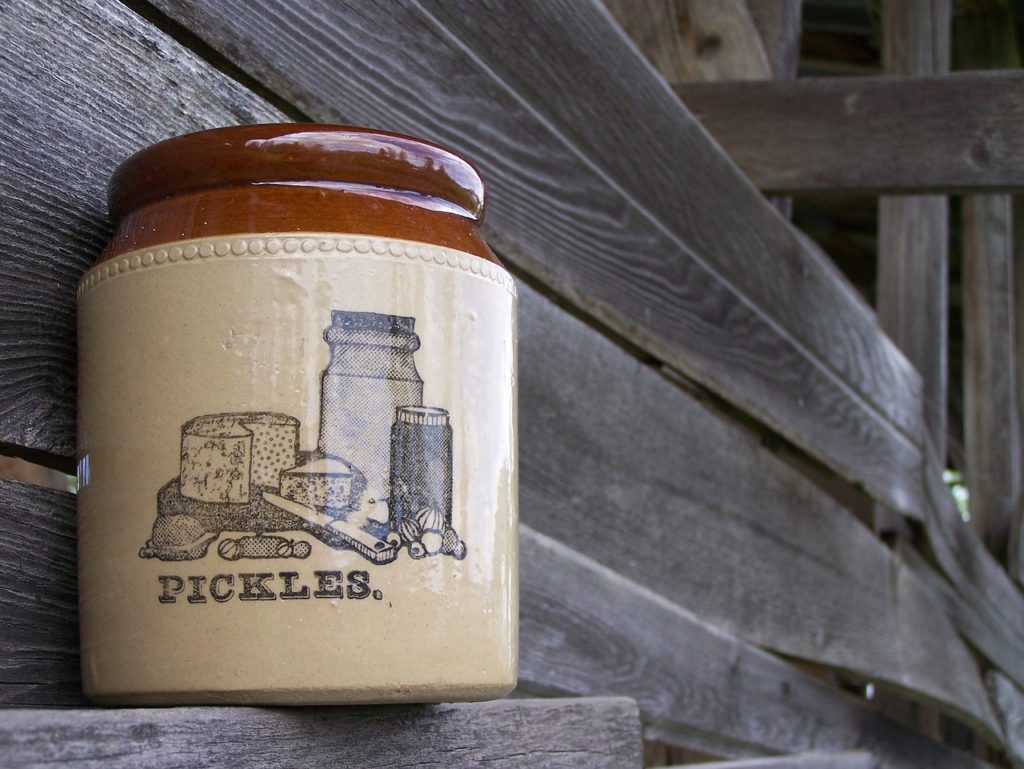
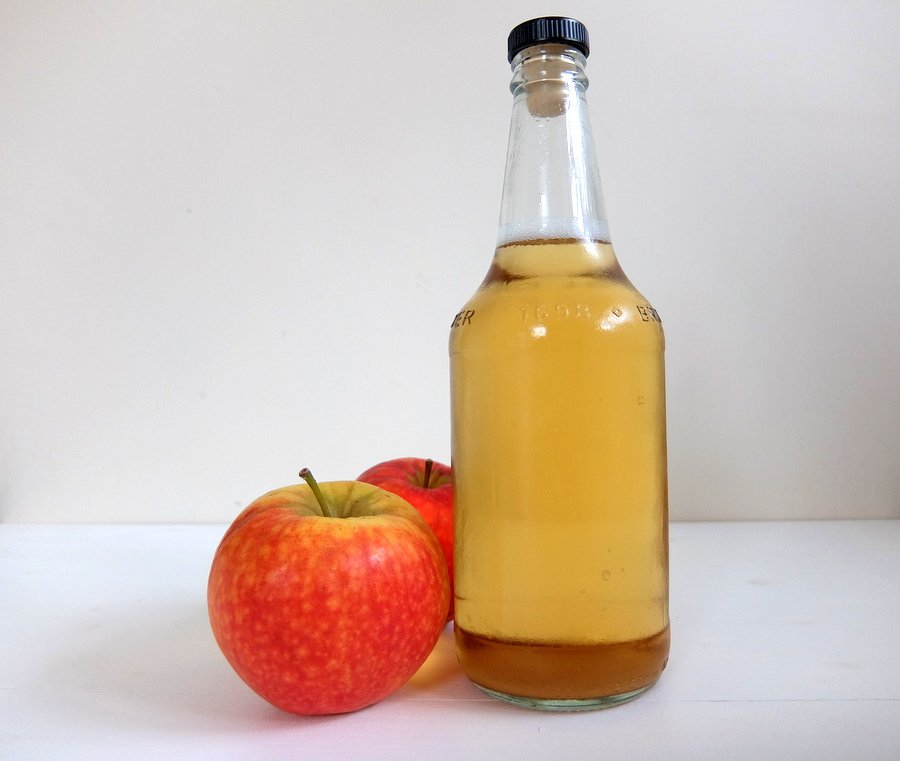
Where is the table you refer to for diluting the wine? Are you diluting with water? If that’s the case I could obviously take a red wine with a 12% alcohol content and dilute half with water to achieve 6%.
Thank you!
It appears to have disappeared, sorry about that, I will look at sorting that right away.
Yes dilute with water to 6% and then when adding more wine in the future you can add wine that is not diluted as the alcohol will have been fermented away by the vinegar bacteria.
Thanks for this comprehensive article Neil. Really appreciate the information!
Can I use a Bragg Apple Cider as a mother in making coco vinegar? Instead of beers or wines, I will be using the palm wine or coconut wine for the fermentation. Is this process going to work in making coconut vinegar (tuba)
Yes that will be fine. As long as there is alcohol and active vinegar together then fermentation of the coconut wine will take place.
Should you remove sulphites first
I have had no issues making vinegar with wine that has added sulphites in. Most commercial wine vinegars are also made from wine that has added sulphites and you’ll see that some vinegar labels state there are sulphites in the vinegar.
The only way to remove sulphites is to add a drop of hydrogen peroxide and this will affect the flavour so it is not something I would recommend.
Hi. I am going to try this. Could you please publish the dilution table? Also, do I need to stabilise any of the equipment or would that kill off the process?
Thank you
Josie
Hi, I have reloaded the table. You can sanitise the equipment just as you would jars for jam making.
Hi, I did an apple cider vinegar with a recipe from scratch that only has apple sugar and water. It’s been almost 3 months and is going great, it just started to smell like vinegar but I have noticed that it has grown 3 mother disks, is it normal?
The mother will create new layers as it grows. If too many layers build up you can remove them and it will make more. The bacteria that are fermenting the vinegar are in the solution and the jelly-like mother is a byproduct of fermentation.
I seem to have a new layer of vinegar mother for each time I added more alcohol. It doesn’t seem to have done any harm to leave it in there, but it’s getting to be a petty thick layer. Should I remove some of it at some point? Maybe use some of it to start another kind of vinegar?
Sulphites are temporary and will go away on their own. It’s essentially sulfur dioxide (SO2) and it does not like being in solution so it quickly escapes. Likewise, so2 only inhibits activity, does not kill bacteria or yeast. so as it goes away the mother will take over and get to fermenting.
Can the whole 500 mL be used as mother vinegar or only the gelatinous membrane? Thanks
The live vinegar will have all the acetobacter in it so will work fine along with the mother.
Once started and I have taken out my 1/2 to 2/3’s vinager, then topped off, how long do I wait to do it again?
You can carry on as a continual process. Once you have taken out the vinegar add more wine or cider to continue straight away.
I didn’t see the diluted ratio for wine. Could you add that again? Thanks
I have reloaded it for you.
Our vinegar had the mother grown so it filled 1/3 of the container. We threw out most of the MOV, (it was very hard) and added fresh wine to the vinegar that was left , and to the remaining piece which was about a 3 inch circle and pretty flat. Did we do right?
The bacteria that are needed to make vinegar are what is in solution so it is fine to discard part of the mother. The mother is a buildup of collagen and other compounds and is more of a byproduct of producing vinegar.
I remember my dad making vinegar. He would pasteurize the wine. Then , after it cooled, he would add a yeast and sugar mix
After a period of time, he then would grow the lot with table wine around 12% alcohol. Just cannot remember how much sugar he added. Any suggestions?
Hi Lance, I am not entirely sure the process your Dad was doing. Adding sugar and yeast to wine would increase the ABV. Was he adding the sugar to wine or fruit juice?
If the ABV is too high to begin with vinegar making bacteria won’t be able to grow.
I used a bottle of white wine (750ml) and diluted to 6.5% abv. Then removed 150 ml and replaced with braggs apple cider with the mother. Am I on the right track? Should I consider a different container or will my wine bottle work?
That sounds great. It would be a good idea to use a more open container and cover the opening with a cloth. Air is needed for the acetic acid bacteria to work so a narrow-necked bottle may slow the process.
Can I take the mother out of my home made apple vinegar and put it in the diluted wine mix. Will this make vinegar
Take the mother and a small amount of the apple vinegar also and then add this to the diluted wine. This will ensure there is enough bacteria to make the wine into vinegar.
Thank you for this amazingly informative article! I’m thinking of applying this method (using raw Cider vinegar as a starter) as a way to use up a surplus of fruit. Can I use citrus fruit juice (e.g. Blood orange, lemon) instead of water to dilute wine, or sake, to 6% abv for making vinegar? Or do I have to dilute with clean water? Is sediment (from the sake or fruit) a problem? Finally, if my raw cider vinegar is quite old, is there a chance the cultures are dead and it won’t work?
Using fruit juice is ok but will add sugar which is likely to attract wild yeasts that ferment those sugars. It could work well or it could produce funky flavours. It would be best to use fresh vinegar which is more likely to contain active bacteria. If you can’t get hold of any maybe start a smaller batch and once that is active add that fresh culture to a larger batch.
Exactly what I was thinking of doing also thinking of doing one with mango I do have an idea as far as a citrus one, candy the citrus peel, but don’t roll the peel in sugar at the end as usual.
A simple recipe for that would be to juice whatever fruit you’re using then put the remaining halves with peel into boiling water and boil for about 5 minutes and strain. Remove as much of the fruit and pith (bitter white inside of the peel) as you can, the seeds and pith give it a horrible bitter taste and the fruit itself is what can rot. Once they’re boiled it’s alot easier. You could peel them beforehand but you still have to bring the peel to a boil at least once.You want to make sure you get rid of the bitter flavor while keeping as much of the peel flavor intact as possible.
Cut the peels into thin strips and put them in a pot of water to which you have added as much sugar as will dissolve when stirred over the heat. I like to use twice as much water as the amount of flavored simple syrup I want to end up with as a happy by product. If you reduce it down even more being careful not to burn it you will actually end up with something that’s more like marmalade without the bitter taste.
After you have boiled the peels for I would say at least 10 to 15 minutes You could remove them from the heat and pour them all into a strainer to separate them from your simple syrup. I would just use those straight in the vinegar without removing them and use them even in the bottle if you’re giving it as gifts, or You could quick pickle some new ones if they get discolored or something.
I have also made versions adding to thai chili, coriander seed, black or green ground pepper, lavender, dried thyme and various other fruit to the boiling liquid to give it some depth or heat. I found that Meyer lemon was better than any other by a mile. The blood oranges definitely give it an interesting color, tangerines or satsuma oranges are also really good.
I was also thinking of using unfiltered nigiri type sake since we can get a very good one inexpensively here near the manufacturer. Really curious to see how yours turns out, I’m going to do a few different versions at the same time since it takes so long and see what works best. Hope you post an update and I hope this was not too information and it was helpful! Good luck!
P.S. – Add the starained juice of the lemons or oranges to your liquid as well!
Can you make vinegar from Vermouth?
Yes, you can. As vermouth is quite high in alcohol it will need to be diluted to reach about 6% ABV. Then you can add a vinegar starter to let it ferment.
Hi, great post. Might I ask how long it will keep for once drawn off and bottled from the “Mother” and if I want to add mint leaves etc once drawn off, how long does it take to “flavour” it enough to taste?
The acid content is high so it should keep a fairly long time (months or more). I would avoid diluting the vinegar with any liquid but the mint flavour should be extracted in a few days to a week as vinegar is a solvent.
Does it require alcohol? When I ferment beer what I feed the yeast is SUGAR and alcohol is a by product.
Yes alcohol is required. Brewers yeast ferment sugar into alcohol and vinegar producing bacteria ferment alcohol into acid. In effect, vinegar making is a two-part fermentation.
Brewers yeast? Do you mean the food supplement or beer brewers yeast which is a very different animal?
I was thinking of using a good hard cider and also a good rum to make 2 different batches of vinegar. Does that make sense?
Yes by brewers yeast I am talking about the yeast used to ferment wine, ale or cider. Thanks
Hello, If I decide to make 500ml of vinegar and then I want to wait a while to do more, do I just keep the Mother who was formed? How can I save it and how long does it last without producing more vinegar? Thank you
Making vinegar is really an ongoing process. Once active it is best to keep the vinegar bacteria active by adding small amounts of alcohol to the vinegar. I usually run off the amount of vinegar I want into a bottle and then with a small remaining amount feed it more alcohol over the course of a month or so. You can try saving the mother it will usually take more time to start fermenting however.
Great article it answered all the questions I had. Just one problem it created a new question. I have a red wine mother that I have been feeding for almost 30 years. I received it from a friend who got it from her grandmother. When I got the starter the mother sat in the bottom of the jar and it has remained that way. I gather from this article that it is supposed to stay on top. Is It ok for it to be on the bottom?
It is fine if the mother sinks. The gelatinous mouth is a byproduct of fermentation. The bacteria that actually ferment the alcohol into vinegar is in solution so the mother itself can float or sink and it won’t be an issue.
How do I know when is the vinegar not good anymore and is there something to use it for or should it be thrown away?
Acidity is what preserves vinegar so the only way to really know is to perform a test called titration to calculate the acidity. This is obviously not that practical at home. Really we have to rely on our senses to know if something is still ok. There is more information here about vinegar
This was awesome Thank you for your time and all your attention to detail with the questions and answers
No problem!
Hi Neil, Thanks a lot for this great article. I am trying to produce ACV from scratch with apple, sugar/honey and water.
From one of the batch i did get a piece of mother and it eventually sank in the vinegar. After few days i took it out and tore apart and put them in different new batches. Will these torn part of the mother help the fermentation in any way?
They may help but really the bacteria that are fermenting vinegar are in the liquid. To start another batch you want the liquid more than the gelatinous mother which is a byproduct of the fermentation. Hope this helps.
Hi Neil,
Really appreciate the information!
My question, is boiling vinegar helps to stop growing up bacteria, so, stop making gelatinous mother?
Yes, in effect it would pasteurise the vinegar but you don’t need to boil it. Heating to 75C will be enough.
Thank YOU, for this information!!!
I was looking at how to make the Mother because my Mother is gone, don’t know where to, but gone so I need to make a new one, to start making my ACV again.
Great information and very good directions and very well posted.
Thanks again.
Glad you found the article helpful.
Hi!
Many many moons ago I added red wine and cider vinegar to two mason jars. These I’ve kept in the cupboard covered with cloth. The contents have become very acidic, but there’s no mother! What have I created? ?
It will be vinegar but they may have evaporated creating an astringent a potent mixture.
Hi Neil, thank you for all your information, it’s really been helpful. How often do you need to sterilize the vinegar containers when adding more wine for subsequent batches? Mine look quite crusty and i’m concerned it might introduce some nasties if i just repeat the process without sanitizing.
I don’t. If you are concerned you could decant the vinegar to a new vessel and then the first can be cleaned and sanitised. Vinegar is, of course, very acidic so should prevent any unwanted microorganisms from growing.
Hi Neil
Is it possible to add ingredients for flavoring from the start or is this to risky?
Example berries garlic or onions. I know with fermentation as long everything is submerged its not a problem. Then moving the mother and straining the starter portion of vinegar in to a new vessel before each batch.
Thanks
You can add flavorings during fermentation but I don’t do this myself. I like infusing vinegar with flavourings as I think it captures the flavour of the fruit, vegetable or spice better.
You also have to consider if you are back slopping the flavoured vinegar then it will have those flavourings in.